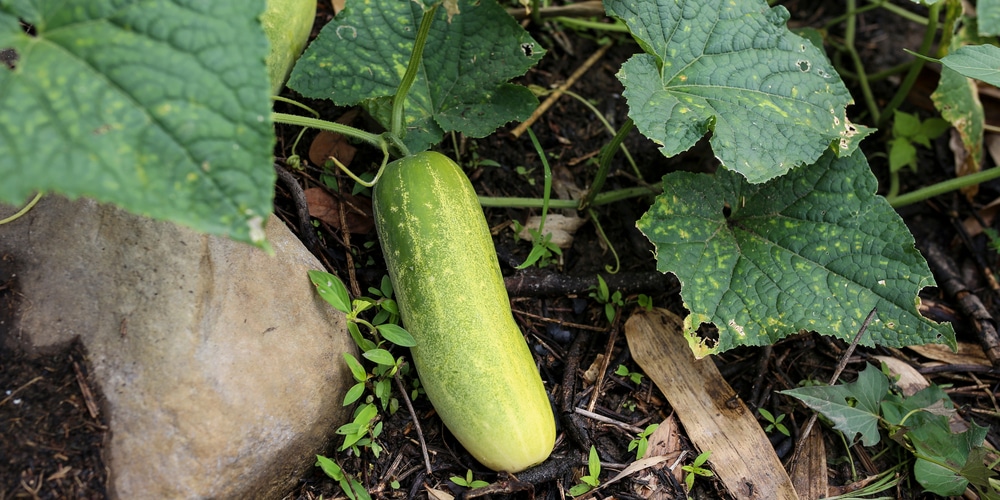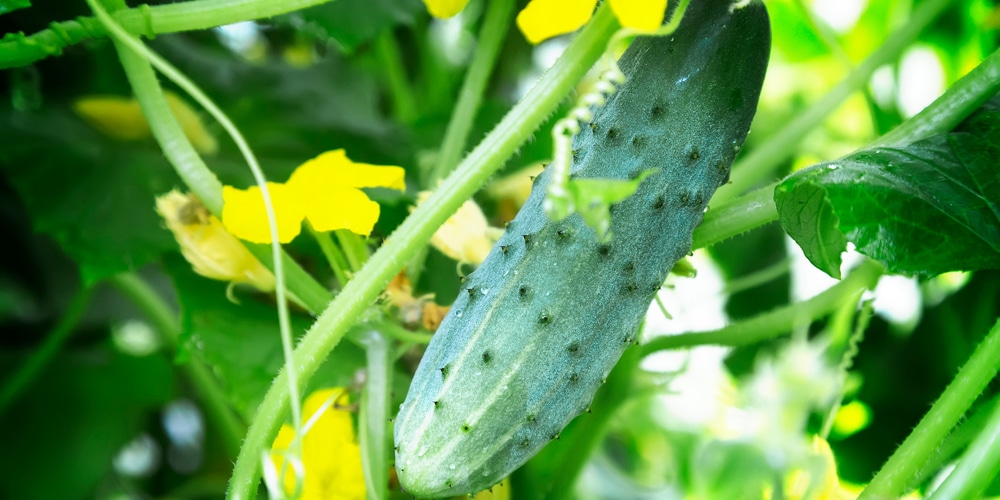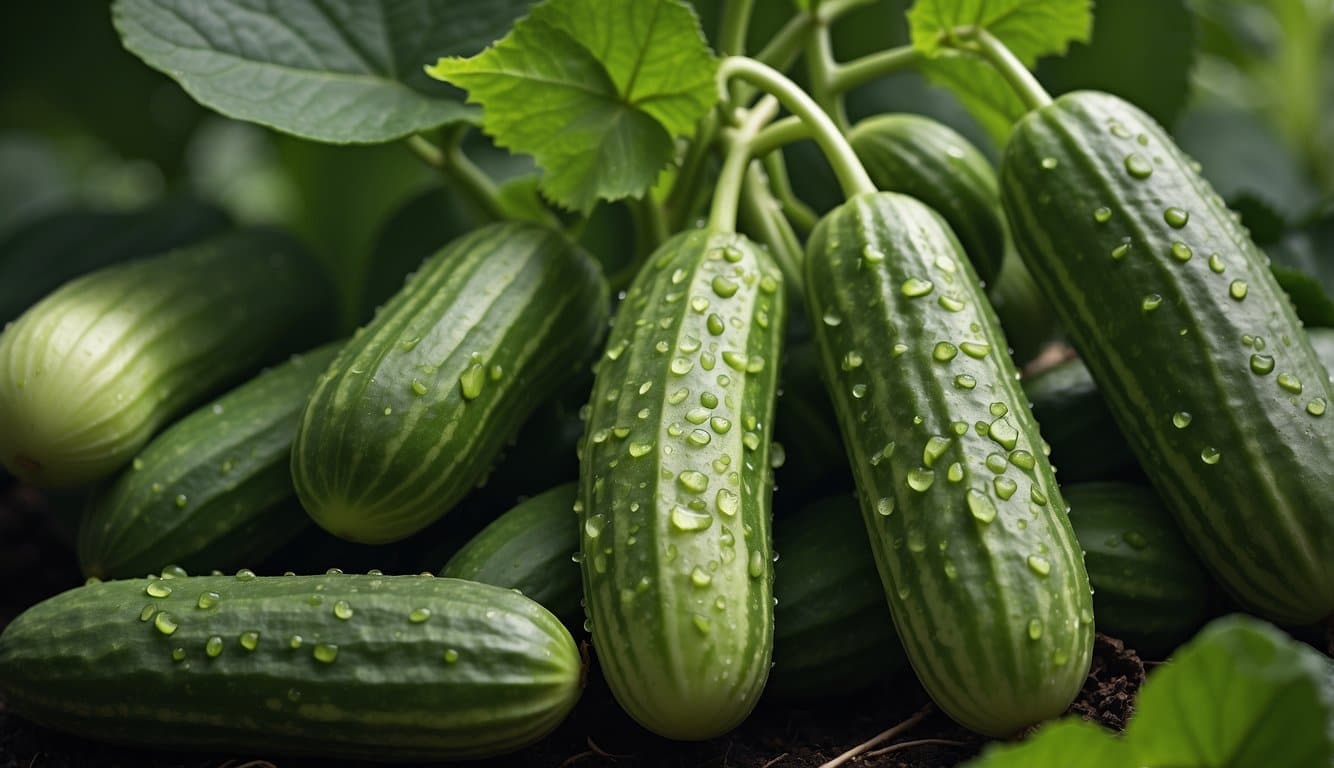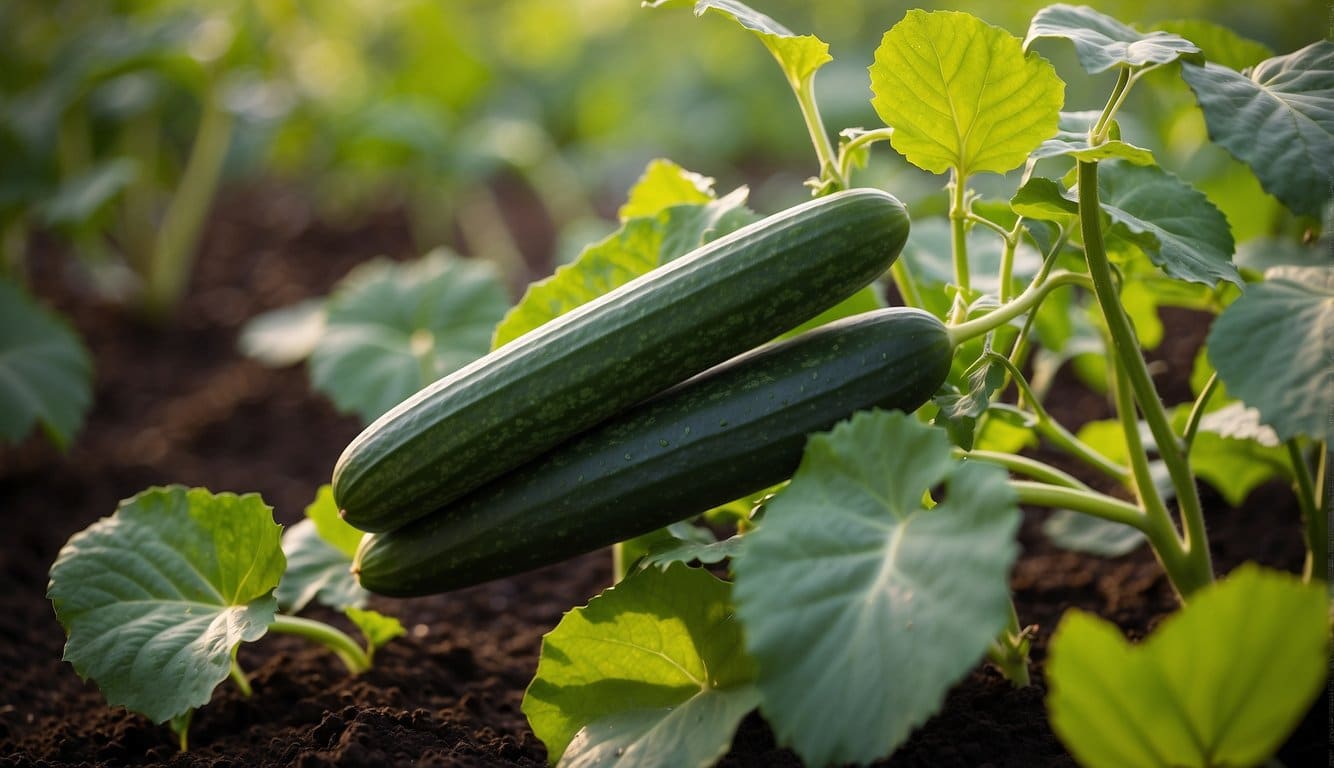Cucumber plants are a staple in many gardens, prized for their refreshing taste and crisp texture. Yet, sometimes even the most diligent gardeners find themselves puzzled by cucumbers that are unexpectedly short and fat instead of the usual long and slender profile.
This odd phenomenon isn’t just a trivial matter; it can indicate underlying issues with the growing conditions that need to be addressed.
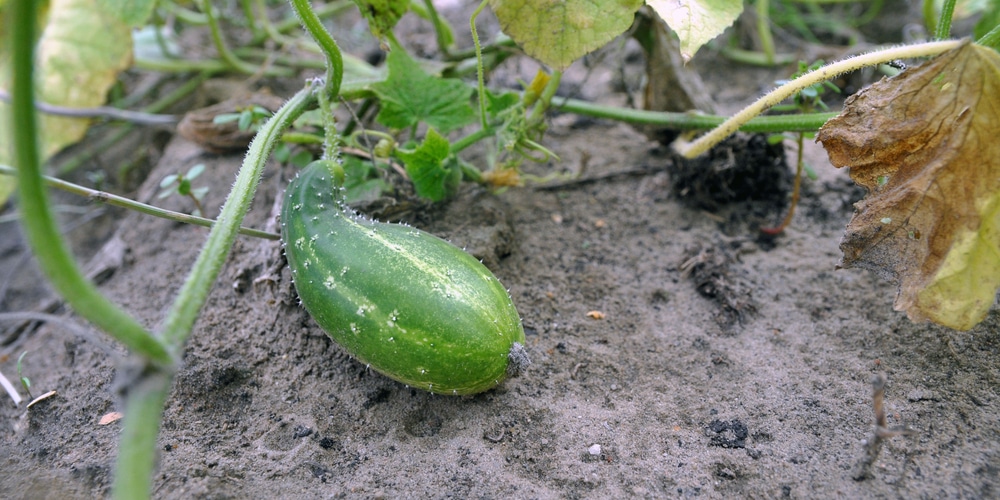
Recognizing the reasons behind this unexpected shape is key to cultivating healthy cucumbers in your garden.
Understanding the idiosyncrasies of your cucumber plants can prevent future issues and ensure a bountiful harvest.
Factors such as nutrient balance in the soil, consistent care practices, and awareness of the common afflictions that affect cucumbers can all play a part in achieving the desired fruit shape.
As we delve into the three main reasons that could cause cucumbers to grow short and fat, remember that each element of plant care is intertwined, contributing to the overall health and growth pattern of your cucumbers.
Key Takeaways
- Ensuring cucumbers receive appropriate care can prevent abnormal shapes.
- Consistent monitoring for pests is crucial for healthy cucumber development.
- Addressing signs of disease early protects cucumbers from growth deformities.
1: The Basics Haven’t Been Met
In growing cucumbers, addressing the fundamental needs is crucial. Ensuring proper soil quality, watering practices, and sunlight exposure can make the difference between flourishing fruits and subpar harvests.
Soil Quality
Your cucumbers depend on the soil’s nourishment.
Aim for a pH between 6.0 and 7.0—a comfortable range for cucumbers to absorb nutrients efficiently.
The soil should be rich in organic matter to promote healthy root development.
Consider integrating compost prior to planting, as it enhances soil structure and fertility.
| Ideal Soil Composition | Characteristics |
|---|---|
| Loamy Soil | Well-draining, nutrient-rich, retains moisture |
| Compost Enriched | Introduces beneficial microorganisms |
Watering Practices
Cucumbers require consistently moist soil to prevent stress and support even growth.
Inadequate watering can cause your cucumbers to become short and fat as they attempt to store water.
- Water Depth: Aim for the moisture to reach about 6 inches deep.
- Frequency: Adjust based on weather conditions—more during heat, less during cool, damp weather.
- Method: Drip irrigation or a soaker hose minimizes wet foliage, reducing disease risk.
Sunlight Exposure
Cucumbers thrive in full sunlight, needing at least 6 to 8 hours of direct sunlight per day.
Less sunlight leads to less energy for the plant, which can stifle growth and cause your cucumbers to develop improperly.
- Forested areas or walls can cast shadows; position your garden accordingly.
- For potted cucumbers, move the container as needed to follow the sun’s path.
2: Pest Infestations
When your cucumbers are developing into short and fat shapes, one culprit to consider is pest infestations. Certain pests can stress cucumber plants, leading to abnormal growth patterns.
Aphids, tiny insects often found on the undersides of leaves, can weaken plants by sucking on the sap, resulting in stunted fruit.
Similarly, flea beetles, identified by their jumping behavior, can damage young leaves, reducing the plant’s ability to nourish developing cucumbers properly.
To mitigate these pests, consider the following:
- Monitor Frequently: Regularly check your plants, especially under the leaves.
- Water Appropriately: Stress from improper watering makes cucumbers more susceptible to pests.
- Row Covers: Use these to protect young plants from flea beetles.
- Reflective Mulches: Early in the season, these can deter flea beetles.
3: Fungal and Bacterial Infections
When managing your cucumber garden, fungal and bacterial infections can be the gardening equivalent of a pesky cold, impacting the growth pattern of your cucumbers. Here’s how these infections may result in short, fat cucumbers:
Fungal Infections:
- Symptoms: Your cucumbers can present with a distorted shape if a fungal disease like Anthracnose or Fusarium wilt takes hold. Look for spots, wilting, or unusual growth patterns.
- Impacts: These infections disrupt nutrient flow and can cause cucumbers to become stunted and plump.
- Management: Implement crop rotation and avoid overhead watering to reduce moisture on leaves which fungi love. Use appropriate fungicides if necessary.
Bacterial Infections:
- Symptoms: Bacterial diseases such as Bacterial wilt manifest through wilting leaves, which eventually affects the cucumber’s growth.
- Impacts: The spread of these infections can lead to a blockage in the vascular system of the plant, leading to misshapen fruits.
- Prevention: Keep your garden clean, remove any infected plants, and use disease-free seeds. Adjust your watering routine to avoid waterlogged soil as bacteria thrive in wet conditions.
Action Steps:
- Regular Inspection: Check your plants frequently for any signs of disease.
- Control Moisture: Ensure soil is well-drained and that plants have enough space for air to circulate.
- Crop Rotation: Avoid planting cucumbers in the same spot each season.
How To Make a Cucumber Thrive
Cucumbers require careful nurturing to ensure they grow long and slender rather than short and fat. Prudent pruning and adequate spacing, along with proper support structures, are key factors to keep in mind.
Pruning Methods
Pruning is essential for directing energy into the growth of healthy cucumbers.
Identify the main vine and focus on keeping it intact.
Side shoots, or suckers, that sprout from the main vine should be pruned when they are about 4 inches long.
Use a clean, sharp pair of scissors or pruning shears to avoid damaging the plant.
Pruning should be done early in the morning when the plant is most turgid. This reduces the risk of disease and prevents wilting.
Spacing and Support
Proper spacing and support allow cucumbers to grow without competition for nutrients, water, and sunlight.
Spacing:
- Plant seeds or transplants at least 36 to 60 inches apart in rows.
- For bush varieties, space plants 12 inches apart.
Support:
- Use trellises, stakes, or cages to keep vines off the ground.
- Trellising improves air circulation and exposure to sunlight, reducing the risk of diseases.
Frequently Asked Questions
Growing cucumbers in your garden can sometimes yield unexpected results. If you’re encountering cucumbers that are short and fat, you might have some questions about what’s causing this phenomenon and how to address it.
What causes cucumbers to become deformed during growth?
Your cucumbers can become deformed due to imbalances in watering, either too much or too little, or uneven nutrient distribution in the soil. Inadequate pollination is also a possible cause, leading to incomplete fruit development.
Is there a specific variety of cucumber that is naturally short and plump?
Yes, certain varieties of cucumbers are bred to be shorter and plumper, often designed for specific uses such as pickling. It’s important to know the expected shape and size of the variety you’re growing.
Can environmental factors contribute to cucumbers growing shorter and wider than usual?
Environmental factors such as temperature extremes, inadequate sunlight, or overcrowded planting can stress cucumber plants, resulting in shorter and wider cucumbers.
Are there any particular nutrient deficiencies that lead to small, misshapen cucumbers?
Deficiencies in key nutrients like potassium, phosphorus, and magnesium can lead to growth issues in cucumbers, causing them to be small and misshapen. Proper soil testing and balanced fertilization can help avoid these deficiencies.
Is it safe to consume cucumbers that are distorted in shape?
Generally, cucumbers that are distorted in shape are safe to eat, as long as they have not been affected by disease or pests and are free from soft spots or rot.
Why might cucumbers develop narrow at one end and bulge at the other?
Uneven watering or nutrient uptake can lead to cucumbers that are narrow at one end and bulge at the other.
Consistent water supply and evenly distributed nutrients are crucial for uniform growth.
